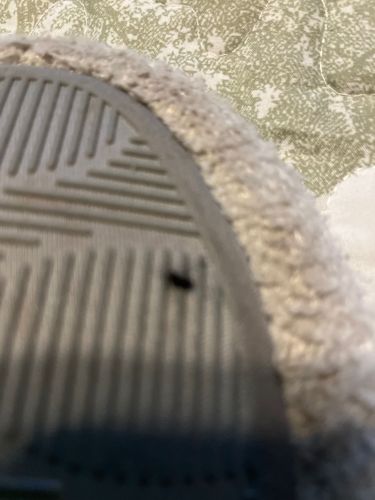Flea
Scientific Name: Ctenocephalides felis (Cat Flea) or Pulex irritans (Human Flea) are common examples, but exact species cannot be determined from the image.
Order & Family: Siphonaptera, Pulicidae
Size: 1.5 mm to 3.3 mm (0.06 to 0.13 inches)

Natural Habitat
Fleas are ectoparasites found on warm-blooded animals (mammals and birds). Their eggs, larvae, and pupae are often found in bedding, carpets, cracks in floors, and other sheltered areas preferred by their hosts. Indoors, they thrive in homes with pets, especially in humid environments.
Diet & Feeding
Adult fleas are obligate hematophagous parasites, meaning they feed exclusively on the blood of their animal hosts. Larvae feed on organic debris, including adult flea feces which contain undigested blood.
Behavior Patterns
Fleas are known for their incredible jumping ability, allowing them to easily move between hosts. They have a complex life cycle involving egg, larval, pupal, and adult stages. Females lay eggs after a blood meal, which then fall off the host into the environment. Larvae hatch and feed on organic matter, pupate in a cocoon, and adults emerge when they sense a suitable host through vibrations, CO2, or heat. They are highly resilient and can remain in the pupal stage for extended periods.
Risks & Benefits
Risks: Fleas are a significant nuisance. Their bites can cause itching, skin irritation, and allergic reactions (flea allergy dermatitis) in humans and pets. They can transmit diseases such as flea-borne typhus and serve as intermediate hosts for parasites like dog tapeworm (Dipylidium caninum). Heavy infestations can lead to anemia in young or vulnerable animals. Benefits: They do not provide any direct benefits to humans or the ecosystem, as they are parasitic organisms.
Identified on: 9/5/2025